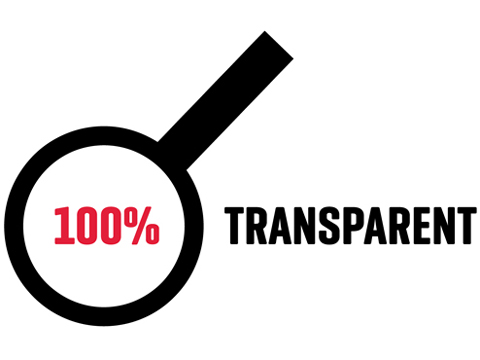The IAB launched a programmatic transparency calculator. It's thought provoking. It's asking all the right questions. It could generate an important dialogue. But no one is going to use it.

At least not the individuals that should be concerned with programmatic transparency; specifically, clients. Transparency in programmatic is critical topic that clients, agencies, media and technology providers should be thoroughly investigating. This examination is critical because a marketer needs to understand the input factors programmatic requires to generate optimal performance.
Running programmatic without knowing details (technology, staff, data, and inventory) makes the marketer more vulnerable to false traffic, inaccurate attribution and optimizations, ineffectual targeting, and poor quality inventory.
Clients need to be knowledgeable about the basics of their programmatic infrastructure.
But the IAB calculator and corresponding white papers are pretty complex and require a programmatic background to interpret and put into motion.
So how does one simply dissect a programmatic CPM to ensure a quality programmatic campaign? Ask these 5 questions.
Utilizing digital programmatic media requires a DSP (demand side platform). It is important to note, there is a lot of white labeling in the programmatic ecosystem. Marketers should be clear what DSPs are being used and if it is being white labeled from another DSP.
On the surface, all DSPs provide the same function (connecting data & inventory) but there are unique selling points to each technology that differentiate each DSP. Be sure to ask "why this DSP?"
There are also incremental technologies layered on top of the DSP, such as optimization or attribution systems.
These technologies are not free. They will include a fees that are calculated into the CPM.
Typical ranges for a DSP technology fee is 15%-25% which is added to the base inventory cost.
For an "automated" media tactic, programmatic actually requires significant manual resources to set up, monitor and optimize. A marketer should be clear on who is running the campaign - the agency team, a subcontracted partner, or the DSP provider themselves.
These hands also cost money. Ask what the service fees are. Ask if those fees ever vary or if they are fixed. Ask if the agency accepts rebates from the DSP.
Viewability and non-human trafficking are significant issues in digital advertising and therefore incremental technologies need to be used to assess and focus bidding on quality traffic. These incremental technologies also cost money. Additionally, other brand safety measures (content ratings, category blocking, black lists) need to be layered on.
As more parameters are put in place, the inventory available for bidding decreases. Decreased inventory is a result of the combination of the reduced supply of inventory that meets the criteria and the DSP's ability to categorize impressions that match the restrictive parameters. There may be other impressions that meet the criteria. However, historically if an impression is not able to be categorized it will be eliminated.
Incremental technologies + brand safety measures will add to the total CPM.
At it's simplest form, programmatic is the practice of combining data, inventory and bidding in an automated fashion. Data exists in many forms:
Sources for inventory will range from open exchanges to private marketplaces and even direct sites. The total CPM will continue to increase as the inventory sources become more exclusive.
Digital unit formats will also play a significant factor in programmatic costs, which is a result of the available supply. The CPM will change if the format contains display banners, social ads, native content or video. Typically display and social have more efficient costs, while native and video tends to be more expensive.
The programmatic ecosystem is highly complex. Marketers do not need to know every intricacy of the technology. However, being armed with some basic knowledge of the input factors and asking the right questions can vastly improve performance and deepen their understanding of what is being purchased.
Crossmedia operates an open source, fully transparent programmatic practice. If you'd like to discuss transparency, data, technology or media, let's chat!